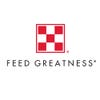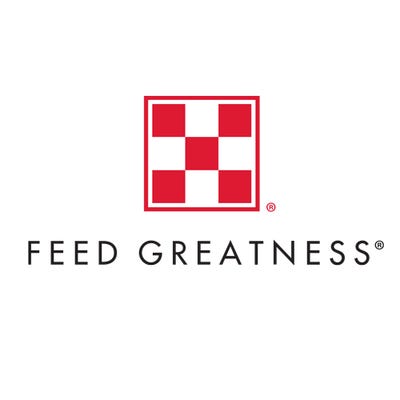Pesky horn flies can become prolific during the grazing season. However, there are control tactics that can help keep horn fly populations under wraps.
May 1, 2021

Sponsored Content
From ear tags and pour-ons to mineral and feed supplements with fly control, there are a lot of different ways you can manage flies. And each solution has a place in the industry. After all, you’re combatting a potentially huge (and costly) problem.
“High horn fly populations can cause blood loss and increased cattle stress or annoyance,†says Ted Perry, cattle nutritionist with Purina Animal Nutrition. “Annoyance can cause cattle to use their energy to horn combat flies, change their grazing patterns and cause cattle grouping. Ultimately, it can lead to decreases in milk production, causing a reduction in calf weaning weights.â€
Left uncontrolled, horn flies can punish cattle with as many as 120,000 bites per day. During peak timeframes, as many as 4,000 horn flies can call a cow’s hide home. At 30 blood meals per day, that adds up to 120,000 bites per cow. Not only are these bites irritating your cows, but with production losses for the U.S. cattle industry are estimated at up to $1 billion annually, they’re also biting away at your profits.
With so many fly control options available, what’s the best way to break the horn fly cycle?
“The best place to start is by breaking the life cycle in the manure,†says Perry.
Making manure magic
One of the most convenient and consistent ways to control horn flies in cattle is by feeding them a mineral supplement that contains an insect growth regulator (IGR).
“An insect growth regulator passes through the animal and into the manure, where horn flies lay their eggs,†says Perry. “It breaks the horn fly life cycle by preventing pupae from developing into biting adult flies.†Watch a video demonstration to see how a mineral supplement containing IGR works to control flies.
Horn flies have a significant impact on the cattle industry. Purina’s Wind and Rain® Fly Control Mineral interrupts the horn fly life cycle and reduces overall fly population, creating a buzz we can all live with.
Using mineral supplements with an IGR can help reduce expenses, labor and stress on your cattle that other methods can cause. Cattle don’t need to be rounded up or handled, since IGR is consumed by the animal and fly control is spread through its manure as it grazes.
It also provides consistency, as cattle are regularly consuming IGR through their mineral.
In like a lion, out like a lamb
Weather can have a big impact on fly populations. For instance, a wet spring and hot summer are a great combination for higher horn fly populations. Perry says you should act early to keep fly populations under control before the summer and into fall.
“Feed fly control mineral 30 days before the last frost of spring, before fly emergence (when average daily temperatures reach 65°),†says Perry. “This 30-day window at the beginning of spring is critical, because temperatures can fluctuate to levels that cause flies to emerge. Once those flies are present, you want to have fly control in the manure.â€
Perry recommends continuing to feed fly control mineral straight through summer until 30 days after the last frost in the fall.
“You might have an aggressive spring and summer fly control strategy, but finishing strong in fall is also really important,†he adds. “Horn flies overwinter in the pupal stage, which can jump-start adult populations in the spring. Using fly control mineral longer in the fall decreases the opportunity for flies to overwinter in the soil and reduces large fly populations the following spring.â€

Don’t let it wash away
There are many forms of fly control mineral available, but it’s important to choose one that can stand up to the unpredictable weather that spring and summer bring. Rain and other elements can quite literally wash your mineral investment down the drain or turn your mineral into a brick-like substance which cattle often refuse to eat.
Look for a fly control mineral that can withstand the weather. A weatherized mineral should have a large particle size and adequate water and wind resistance.
“Using a fly control mineral in the spring can help keep fly populations down, but only if cattle are consuming it. If you’re not seeing consumption because the mineral has been turned into a
hard block or because the particles are being blown away, then your investment is a loss,†adds Perry. Calculate how much horn flies drain from your herd at: purinamills.com/fly-control
About the Author(s)
You May Also Like





